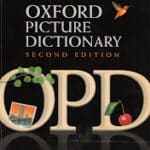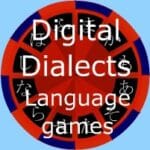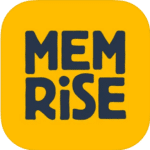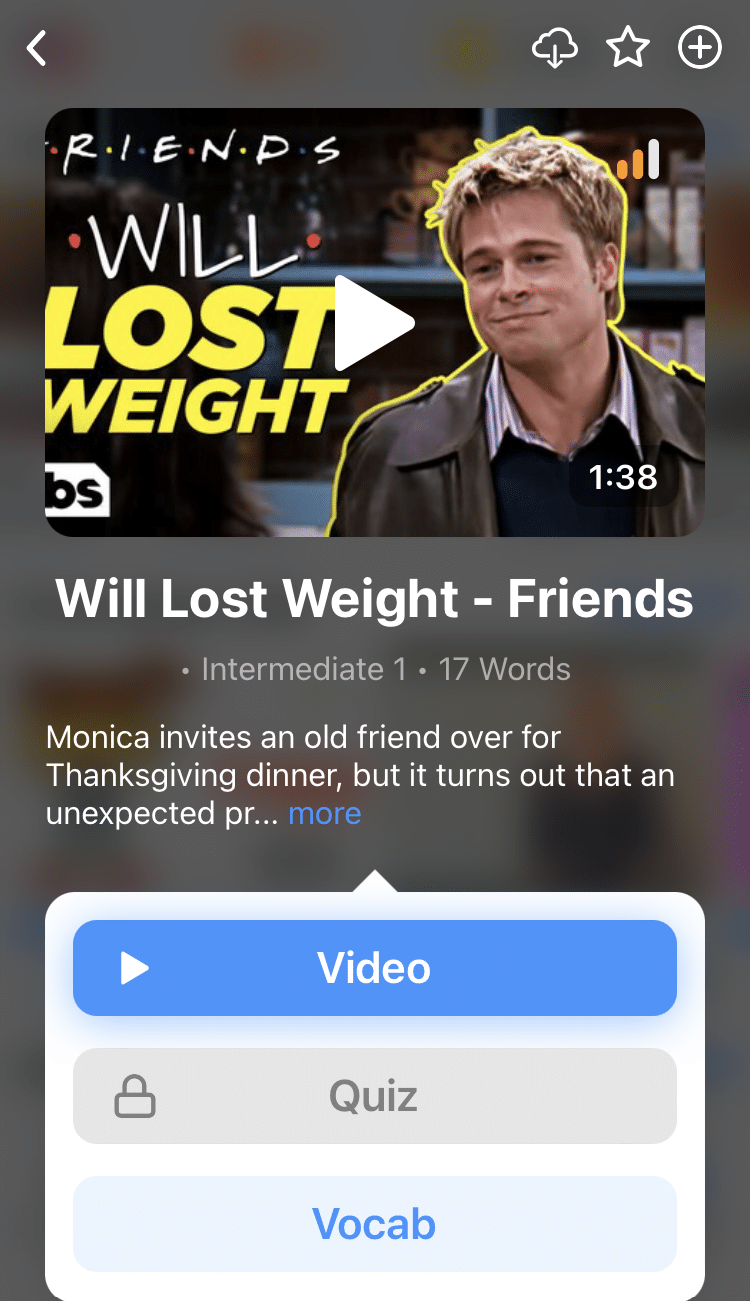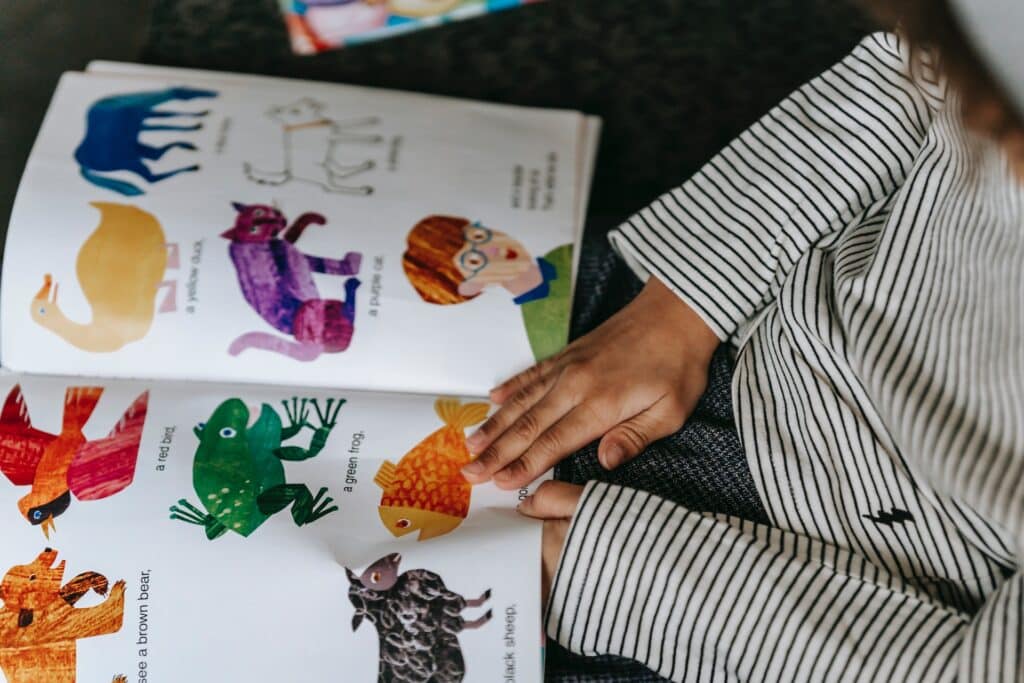
The 8 Best English Picture Dictionaries in 2024
Looking for a new way to learn English? Picture dictionaries may be what you need—especially if you’re a visual learner (someone who learns best through images rather than just text or audio).
A picture dictionary creates a visual link between a new word and its meaning—i.e., it uses images to illustrate (show as an example) vocabulary. This way, you can form associations (connections) between the English words you learn and the real world.
Picture dictionaries also add variety to your studies. If English learning is starting to feel like a chore, that might be a sign you need to change the way you approach your lessons.
Without further ado, here are my eight favorite English picture dictionaries that come in the form of books, apps or even videos. I’ll also give you tips on how to make one of these dictionaries for yourself!
Contents
- 1. 7ESL’s Online Picture Dictionary
- 2. LanGeek
- 3. Oxford Picture Dictionary Videos
- 4. Merriam-Webster’s Visual Dictionary Online
- 5. EnchantedLearning’s Little Explorers Picture Dictionary
- 6. Digital Dialects’ English Picture Dictionaries
- 7. DK English for Everyone: Illustrated English Dictionary
- 8. Memrise’s English Visual Dictionary
- Bonus: How to Create and Use Your Own Picture Dictionary
- And One More Thing...
Download: This blog post is available as a convenient and portable PDF that you can take anywhere. Click here to get a copy. (Download)
1. 7ESL’s Online Picture Dictionary
Price: Free
Available on: Website
7ESL’s English picture dictionary is great because it arranges each topic in several ways. For example, you can browse through entries about animals according to their alphabetical order, location (where the animals live), type and so on.
The definitions for each entry can be too short and incomplete at times, though. But if you simply want an image to associate (connect) with the vocabulary words you study, this might be enough.
2. LanGeek
Price: Free
Whether you’re using the official website or the mobile app, LanGeek is probably one of the best-looking American English picture dictionaries you can find.
Type any word into the search bar, and LanGeek will generate all of the words and phrases that use that word. For example, if you enter “apple,” you’ll also come across idioms like “bad apple,” which LanGeek defines as “a person who causes trouble for others in a group and has a bad influence on them.”
Plus, every entry comes with audio, allowing you to learn the pronunciation of each word or phrase as well.
3. Oxford Picture Dictionary Videos
Price: Free
Available on: YouTube
One YouTube channel has turned the “Oxford Picture Dictionary” into a series of free videos. Each video focuses on a different theme, showing pictures that have an audio of their corresponding English word.
These might not be the most exciting videos on YouTube, but they can help you make associations between sounds, images and words. The videos can be as short as two minutes and as long as 20 minutes, making them easy to slip in-between breaks.
4. Merriam-Webster’s Visual Dictionary Online
Price: Free
Available on: Website
The online Merriam-Webster picture dictionary is completely free. It’s the best place to find illustrated examples of more unusual words and technical terms. With this dictionary, you can prepare for scenarios that can be a bit more complicated than you’re used to.
For example, you’ll find detailed entries on common household elements such as electricity, plumbing and heating. That way, if you have problems like a leaky faucet, you can quickly communicate those to your landlord (the person you pay rent to) or the people responsible for fixing the issue.
5. EnchantedLearning’s Little Explorers Picture Dictionary
Price: Free
Available on: Website
This dictionary is graded as appropriate for those in the second or third grade in school. That means you can expect definitions that are simple enough to be understood by children—as well as adults who are just starting to learn English!
Click on any of the topics on the homepage, and you’ll be taken to a list of entries that come with simple pictures and short yet concise definitions. Some words contain links to activities you can do to further reinforce (strengthen) what you’ve learned.
6. Digital Dialects’ English Picture Dictionaries
Price: Free
Available on: Website
Digital Dialects’ English picture dictionary has moving images to accompany each word—which gives a whole new meaning to the phrase “seeing words in action!”
When you click on each image, you’ll hear the pronunciation of the English word that comes with it. You can study the words further using the website’s flashcards or test what you know with their games and quizzes.
7. DK English for Everyone: Illustrated English Dictionary
Price: The app is free, but the book isn’t
True to its name, this dictionary is for everyone—whether you’re a child or child at heart.
All of the 10,000+ words inside are grouped into topics. The pictures put the words in contexts where they’ll most likely appear. Because of this format, you can easily figure out what each word means even without written definitions.
Plus, if you download the app, you can also listen to the native English pronunciation of each word!
8. Memrise’s English Visual Dictionary
Price: Free (with in-app purchases)
The Memrise app has a lot of English picture dictionaries, but this is one of the easiest to use. It has over 40 different categories including emotions, medical care and the weather.
This dictionary is great because it prioritizes (treats as more important) the words that you really need to know. That way, you won’t be overwhelmed or intimidated by thousands upon thousands of vocabulary words to learn. Memrise’s English picture dictionary has short yet clear definitions and great-looking images.
Of course, Memrise isn’t just a dictionary. It’s a complete language learning tool all on its own. If you’re interested in this app and the other things it can do, read this Memrise review.
Bonus: How to Create and Use Your Own Picture Dictionary
What if none of the picture dictionaries above meet your personal requirements? Then make your own!
Here’s how:
- Choose 10 English words you want to learn. Most people find it easiest to learn words thematically, so try to choose them by topic and narrow them down into more specific categories. For example, food is a very broad area to cover, but breakfast foods is much more manageable.
- Alternatively, choose a few common items you use every day. It’s better to know 20 useful objects such as kettle, corkscrew and toothbrush than struggle to memorize hundreds of random things you won’t even find in your house.
- Write down the words on a large sheet of paper and make a simple drawing below them. Then, hang the paper in a place where you’ll see it often, like the front of your refrigerator.
- You can also turn your home into a visual dictionary. If you live alone or the people you live with don’t mind it, take a stack of Post-it notes, write down words that describe common household items and stick them onto the corresponding objects in your house. This way, every time you see these items, you’ll be instantly reminded of what they’re called in English. Be careful with this method, though: you’ll want to remember to take the note off of your frying pan before you use it to cook!
- Take a few minutes each day to look at the words and their pictures until they start to become familiar. When you begin to feel confident with the vocabulary, cover the words with a sticky note or small flap of paper so you can only see the pictures.
- Test yourself. Look at each image (with the word covered) and say or write down the matching word. Once you feel you know the word well, move on to a new word or set of vocabulary. But remember to keep coming back to the words you’ve already covered to refresh your memory. Even if it’s been a week or two, the pictures should trigger your memory of the vocabulary.
You can also supplement your picture dictionary with a visual language learning platform like FluentU.
FluentU takes authentic videos—like music videos, movie trailers, news and inspiring talks—and turns them into personalized language learning lessons.
You can try FluentU for free for 2 weeks. Check out the website or download the iOS app or Android app.
P.S. Click here to take advantage of our current sale! (Expires at the end of this month.)
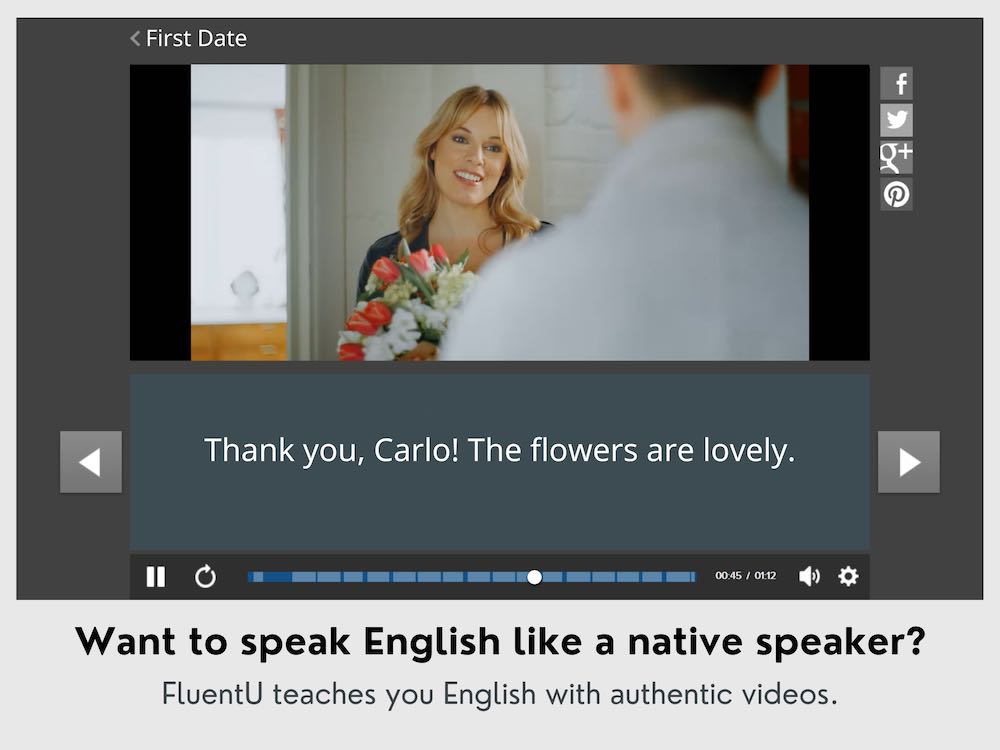
Learning through visuals is a really valuable skill, so take advantage of it! If reading words again and again is getting you nowhere, exploring a visual learning style may be the fresh approach you need to help you understand English.
Download: This blog post is available as a convenient and portable PDF that you can take anywhere. Click here to get a copy. (Download)
And One More Thing...
If you like learning English through movies and online media, you should also check out FluentU. FluentU lets you learn English from popular talk shows, catchy music videos and funny commercials, as you can see here:
The FluentU app and website makes it really easy to watch English videos. There are captions that are interactive. That means you can tap on any word to see an image, definition, and useful examples.
For example, when you tap on the word "searching," you see this:
Learn all the vocabulary in any video with quizzes. Swipe left or right to see more examples for the word you’re learning.

FluentU helps you learn fast with useful questions and multiple examples. Learn more.
The best part? FluentU remembers the vocabulary that you’re learning. It gives you extra practice with difficult words—and reminds you when it’s time to review what you’ve learned. You have a truly personalized experience.
Start using the FluentU website on your computer or tablet or, better yet, download the FluentU app from the iTunes or Google Play store. Click here to take advantage of our current sale! (Expires at the end of this month.)



